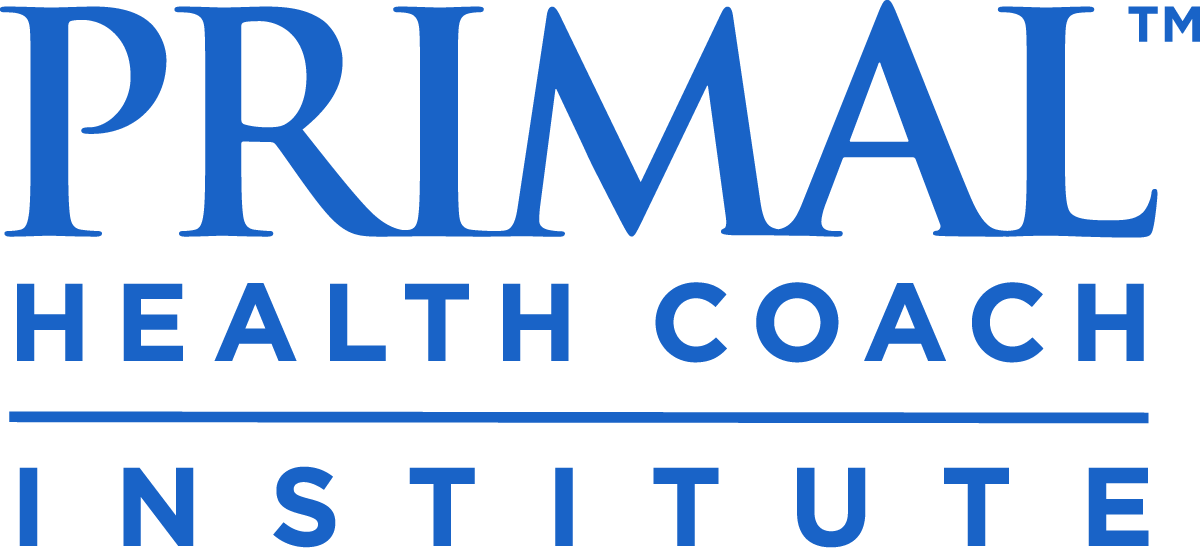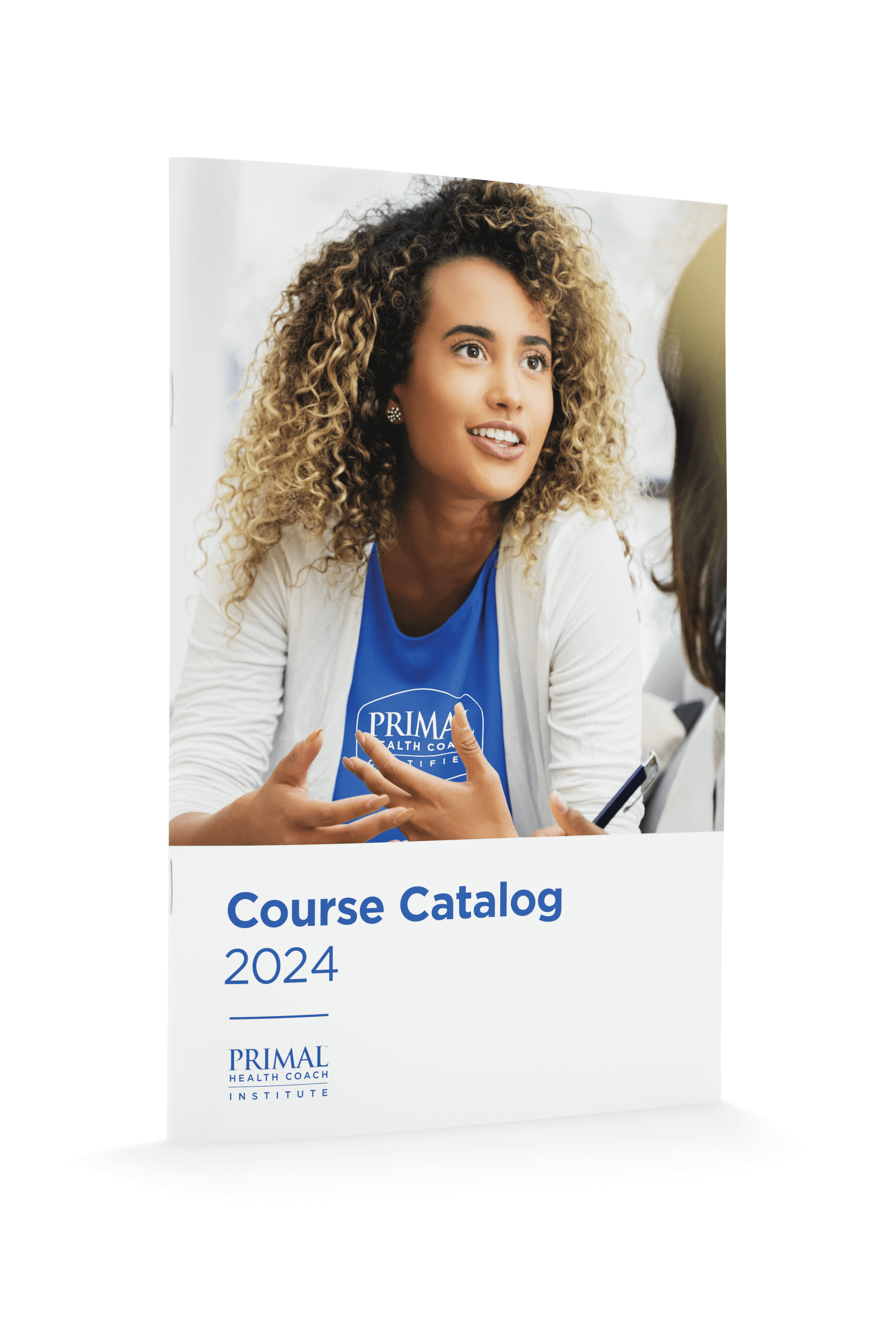
On the surface, the concept of rewards seems simple because we equate it with incentives like winning a prize. In today’s article, we aim to broaden your awareness regarding how rewards work to influence behavior, and we’ll share 12 types of direct and indirect rewards you can add to your toolbox to help your health coaching clients succeed.
How Rewards Drive Behavior
In neuropsychology, rewards are a type of stimulus that drives behavior. They serve as reinforcements in the brain and body, making us seek or repeat behaviors.
In health coaching, rewards can be as simple as affirming your clients, celebrating their wins, acknowledging effort, etc…Those types of reinforcements are directly rewarding (and we’ve got plenty more lesser-known ideas where those came from). Alternatively, some rewards have an indirect effect, meaning, they may not be immediately reinforcing but they either mitigate the risk of repeating undesirable behaviors, or help alter perception in a dopamine-enhancing way.
Let’s get clear on the three most rewarding neurochemicals associated with motivation, fulfillment, and satisfaction: Dopamine, Serotonin, and Oxytocin.
Serotonin and Oxytocin are to thank when you’re feeling satisfied with what you have, what you’ve achieved, or when you feeling fulfilled. Mistakenly, many people describe dopamine as our pleasure chemical, but really it’s oxytocin that helps us feel pleasure, whereas dopamine has to do with motivation.
Dopamine is the neurochemical that really drives us to rewards or behaviors. We produce it in anticipation of something (positive or negative), during the pursuit, and during acquisition. Repeated spurts of dopamine strengthen pathways in the brain that, consciously or unconsciously, make us want to repeat a behavior. (rewardfoundaiton.org)
The dopamine system is the most influential of all. Because of how we’re evolutionarily wired to seek, learn, and survive, dopamine is constantly controlling our behaviors, and it’s the reason rewards work to initiate and sustain behavior change.
Basic Reward Principles for Behavior Change
The basic principles for using rewards to influence behavior are to reward consistently, at first, to help build a new habit, and then reward intermittently to help a new habit stick.
Furthermore, health coaches should understand two more key elements when it comes to the effectiveness of rewards: reward associations and reward timeliness.
Reward associations refer to the intention and the actual connection our brain makes to the reward. It’s not the same to reward a milestone achievement with a vacation, for instance, unless you pause to acknowledge and make the connection between what you accomplished/learned and the reward you’re receiving. Otherwise, your brain can interpret the vacation as a reward for stopping the arduous goal-oriented process you just endured.
Reward timeliness works similarly. Our brains need to be able to connect the reward to the desired behavior, which means rewards are only truly effective when they’re experienced closely following the behavior (or at least consciously associated. Strategies #1 and #2 below tap into reward timeliness and association).
12 Reward Strategies for Health Coaches
Direct Rewards
1. Self-Championing: The Intentional Pause
Dopamine is subjective to your interpretation, which means you can experience rewards and reinforce new, desirable behaviors when you intentionally pause to champion yourself or savor the moment.
Clients generally start to feel better, for example, when they exercise more, eat better, relax more, etc…but they need to mindfully observe and savor such rewards to fully engage with the process of change. It takes practice, but it becomes automatic over time.
2. Reminiscing
One of the amazing things about dopamine and serotonin is that their expressions can be extended by remembering an experience in which we felt accomplished or satisfied. That’s why people love reminiscing over photos or daydreams about a positive experience. Help your clients experience the value of this enjoyable practice.
3. Novelty
Demonstrated by something called “the Coolidge Effect,” the number 1 thing that increases dopamine’s reward value is novelty. Especially for individuals with ADHD, this is incredibly powerful and, ultimately, critical to their ongoing motivation. How can you and your client come up with ways to vary foods, exercises, and goals to keep things interesting?
4. Surprises
The thing dopamine loves more than anything is a surprise. When rewards are predictable, the brain eventually stops feeling rewarded. Alternatively, when you surprise the brain you help a behavior stick. Surprise rewards can be in the form of award recognitions, random gifts, or free resources that align with the client’s goal, a virtual card, or even a personalized meme that acknowledges their progress or effort.
5. Community Shout Outs
If you have an online community or an email list, give your client a shoutout to acknowledge their efforts or progress. All human brains light up by external validation and social support, and this also has a surprise element that boosts the reward even further.
6. Coach-to-Client Affirmations
By recognizing and affirming positive client attributes or behaviors, the client feels rewarded. Share affirmations that begin with “you” instead of “I” to avoid praise that can portray a matter of opinion. Affirm client strengths and efforts regularly and subtly.
Example: A client messages you that they signed up for a gym membership. You affirm in response, “You’re really prioritizing this goal and took that important first step of joining the gym!”
7. Visual Progress Tracking
Visual representation of one’s progress is quite rewarding for everyone. Learn what your client likes and dislikes, and test out different tools/methods to pique their interest.
Ideas for tracking:
- Marble jar
- Manual habit tracking in client’s day planner
- Self-rating daily mood/energy states using scale 1-100
- Apps like Strides and Don’t Break the Chain
- Take Before/After photos (in 3-4 week intervals)
- Track Stats on a *Smart Scale
*Smart scales show weight loss and body fat trends on a graph, which over time provides a zoomed-out perspective that boosts dopamine and reward.
8. Acknowledge: How Much Is Left to Go?
Compared to usual progress tracking, think, how close is the finish line? The Goal Gradient Hypothesis demonstrates that people experience dopamine boosts as they progress closer to goal attainment, thus, they’re willing to invest more effort as a result. This is yet another reason that larger goals must be broken down into smaller goals to fuel ongoing motivation and incremental rewards.
Indirect Rewards
9. Playful Consequences as Rewards
Some people really light up with this type of reward system. By means of negative reinforcement, a person experiences increased motivation and commitment to change in an effort to avoid something that’s undesirable to them. A playful consequence serves as a gamifying element that triggers one’s competitive spirit.
Example: One of my clients committed to stop eating after 8:30 pm by offering family members $20 each time they catch him eating too late. It motivates him to follow through because he wants to avoid payment and momentary defeat (his family loves it too).
10. The Edison Perspective
Thomas Edison said, “I haven’t failed. I’ve just found 10,000 ways that won’t work.”
This lesson strengthens the brain’s reward pathway when we view failed attempts as helpful lessons. It’s vitally important to celebrate, otherwise, every failed attempt that’s perceived as negative will feel like punishment, instead.
11. A Perspective Shift: From Obligation to Privilege
Dreading morning workouts? Take the pressure off by reframing the story, “I get to work out, starting my day with a win, boosting energy and showing myself I’m someone who prioritizes my health.” It takes practice, but this turns perceived punishment into a reward.
12. Manage Expectations
As coaches, it’s important to help clients manage expectations because it can prevent something called dopamine prediction error. When our expectations are high regarding a goal outcome, we risk huge disappointment when the result doesn’t meet the degree we anticipated. By managing expectations, dopamine is more balanced, and we’re at less risk of a crash once we reach the outcome.
Feeling inspired by this topic? Learn about other impactful motivation strategies and reward processes in the book How to Get People to Do Stuff by behavioral psychologist Susan Weinschenk. Fascinating work!
To start experiencing the impact rewards can have in any area, start practicing some of these strategies in your day-to-day life. By leveraging dopamine, mindset, and perspective, there’s no limit to the changes we’re capable of.



